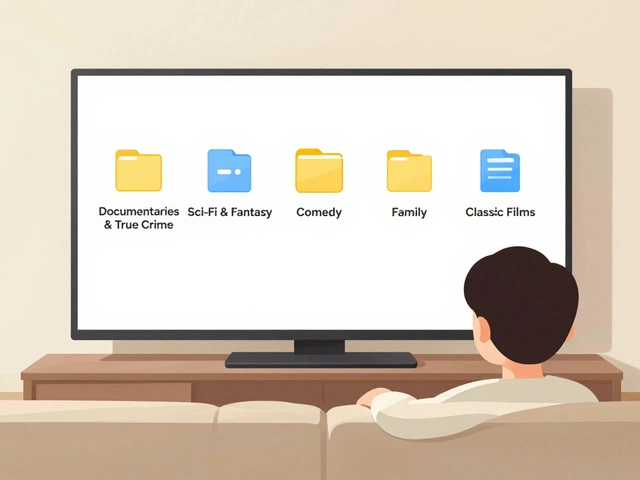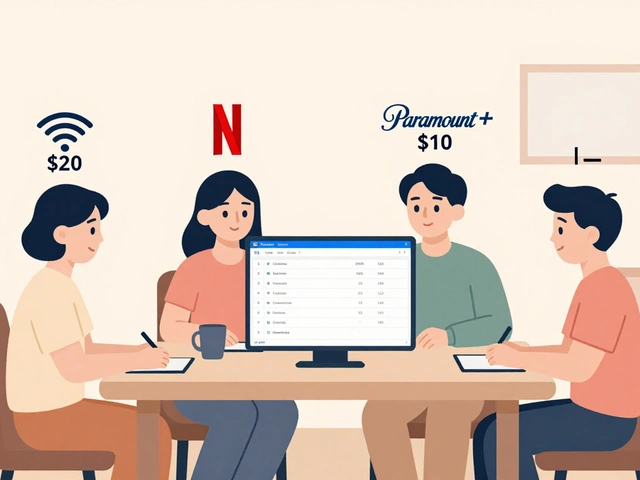Cost: How to Budget and Save on Video Projects
If you’re planning a video, the first question is always “how much will it cost?” The answer depends on many factors, but you don’t need to guess. Below you’ll find clear steps to estimate expenses, cut waste, and get the best value for every dollar.
Break Down Every Line Item
Start by listing every part of the project. Typical sections include:
- Pre‑production: scriptwriting, storyboarding, location scouting.
- Production: crew wages, equipment rentals, travel.
- Post‑production: editing, color grading, music licensing, graphics.
- Distribution: platform fees, marketing spend, analytics tools.
Assign a realistic price to each item. If you’re not sure, look at recent posts on DigVid for reference – for example, the article “How Much Should You Pay a YouTube Video Editor in 2025?” gives concrete hourly rates and package options.
Use Real‑World Benchmarks
Benchmarks help you avoid surprises. Here are a few quick numbers that many creators find useful:
- Freelance video editors: $25‑$75 per hour, or $300‑$800 for a finished 10‑minute video.
- Equipment rental: $150‑$400 per day for a 4K camera kit.
- Music licensing: $30‑$150 per track, depending on usage.
These figures aren’t set in stone, but they give you a starting point. Adjust up or down based on your project’s scope and quality expectations.
When you have a total estimate, add a 10‑15% contingency. That buffer covers unexpected costs like extra shooting days or last‑minute revisions.
Tips to Trim the Budget Without Cutting Quality
1. Bundle services. Many freelancers offer discounts if you hire them for both shooting and editing. A single point of contact reduces admin time and often lowers rates.
2. Re‑use assets. Templates, motion graphics, and royalty‑free music can be reused across multiple videos. The DigVid guide on "Video Editing Presets" shows how to save hours and money by using ready‑made assets.
3. Shoot in batches. If you need several short videos, film them all in one location. You’ll pay for the crew and gear only once, then edit each piece separately.
4. Choose the right resolution. streaming in 1080p instead of 4K cuts storage and bandwidth costs. The post "How Much Data Does a 10‑Minute YouTube Video Use?" explains the data impact of different resolutions.
5. DIY what you can. Simple tasks like basic color correction or captioning can be done with free tools. Just make sure the final product still feels professional.
By applying these tricks, you can keep the budget tight while still delivering a polished video.
Remember, the goal isn’t to spend the least amount possible; it’s to get the best return on your investment. Track every expense, compare it to your goals, and adjust as you learn what works best for your audience.
Ready to start budgeting? Grab a spreadsheet, list your line items, plug in the benchmark numbers, and you’ll have a clear cost picture before the first camera rolls.
16
The 4 C's of Marketing Strategy Explained: Customer, Cost, Convenience, Communication
Discover the 4 C's of marketing strategy-Customer, Cost, Convenience, Communication-and learn how to apply this customer‑centric framework for real‑world results.
Latest Posts
Popular Posts
-
 Paramount+ with Showtime vs. Peacock Premium vs. ESPN+: Which Sports Add-On Fits Your Viewing Habits?
Paramount+ with Showtime vs. Peacock Premium vs. ESPN+: Which Sports Add-On Fits Your Viewing Habits?
-
 App Layout Strategies: Organize Streaming Services by Genre and Use
App Layout Strategies: Organize Streaming Services by Genre and Use
-
 How Roommates Can Fairly Share Wi-Fi and Streaming Costs
How Roommates Can Fairly Share Wi-Fi and Streaming Costs
-
 Four Weddings and a Funeral Review: Why It’s Still the Gold Standard of ’90s Rom-Coms
Four Weddings and a Funeral Review: Why It’s Still the Gold Standard of ’90s Rom-Coms
-
 Parental Controls on Free Streaming Apps: How to Keep Kids Safe Online
Parental Controls on Free Streaming Apps: How to Keep Kids Safe Online



